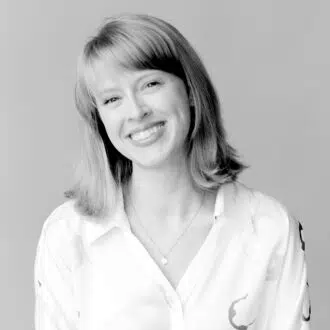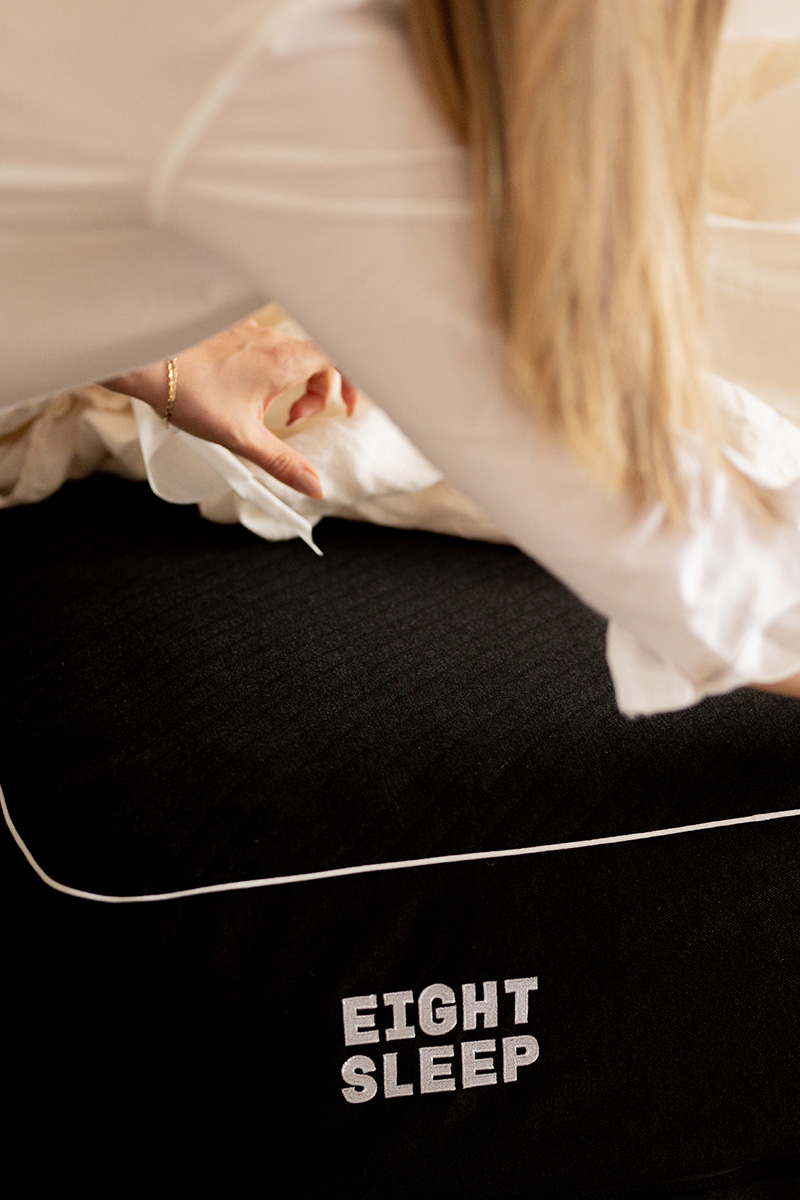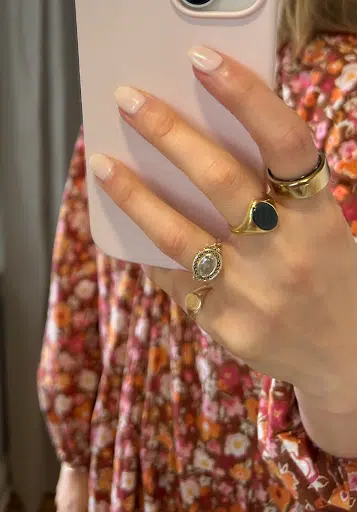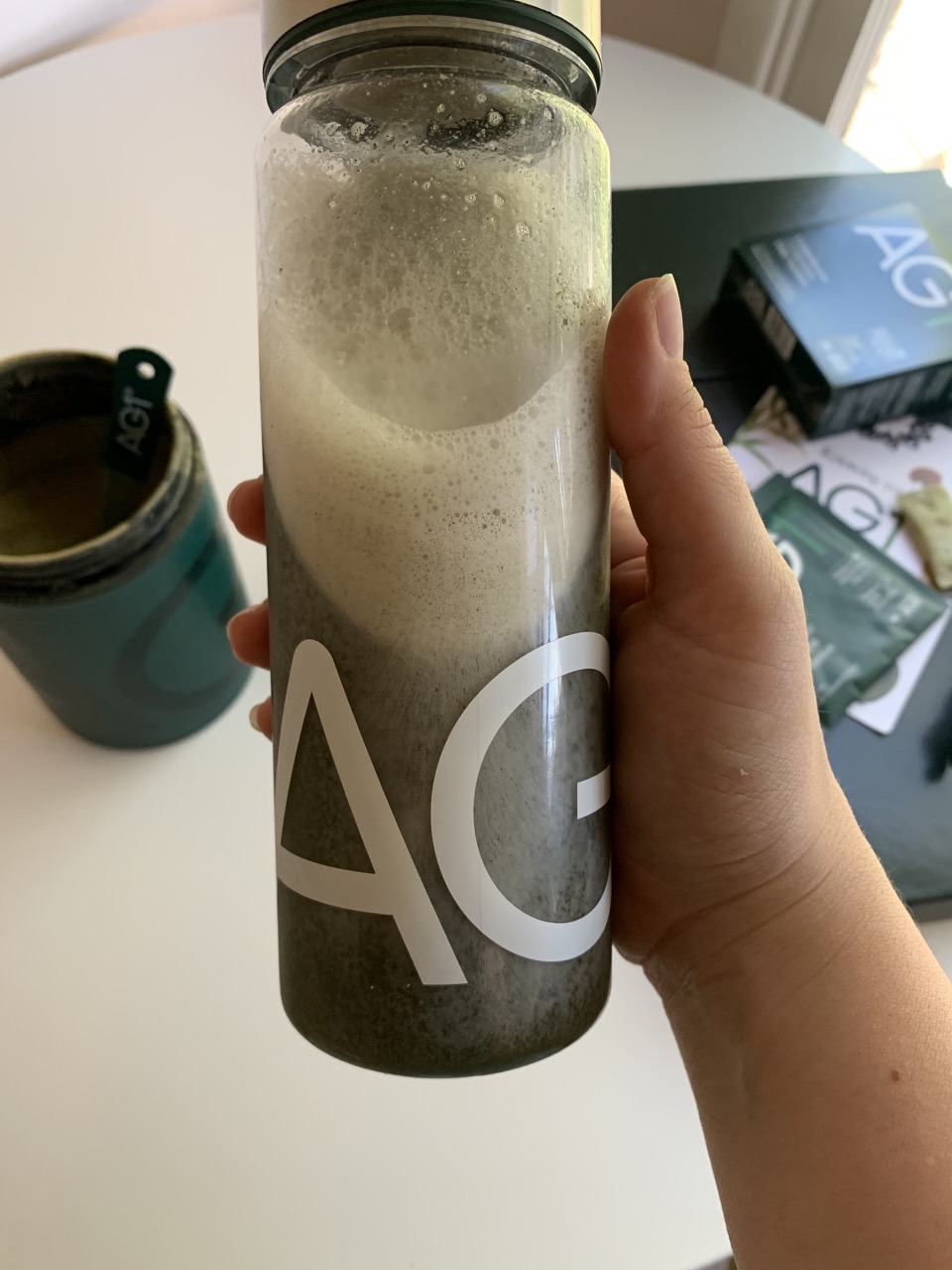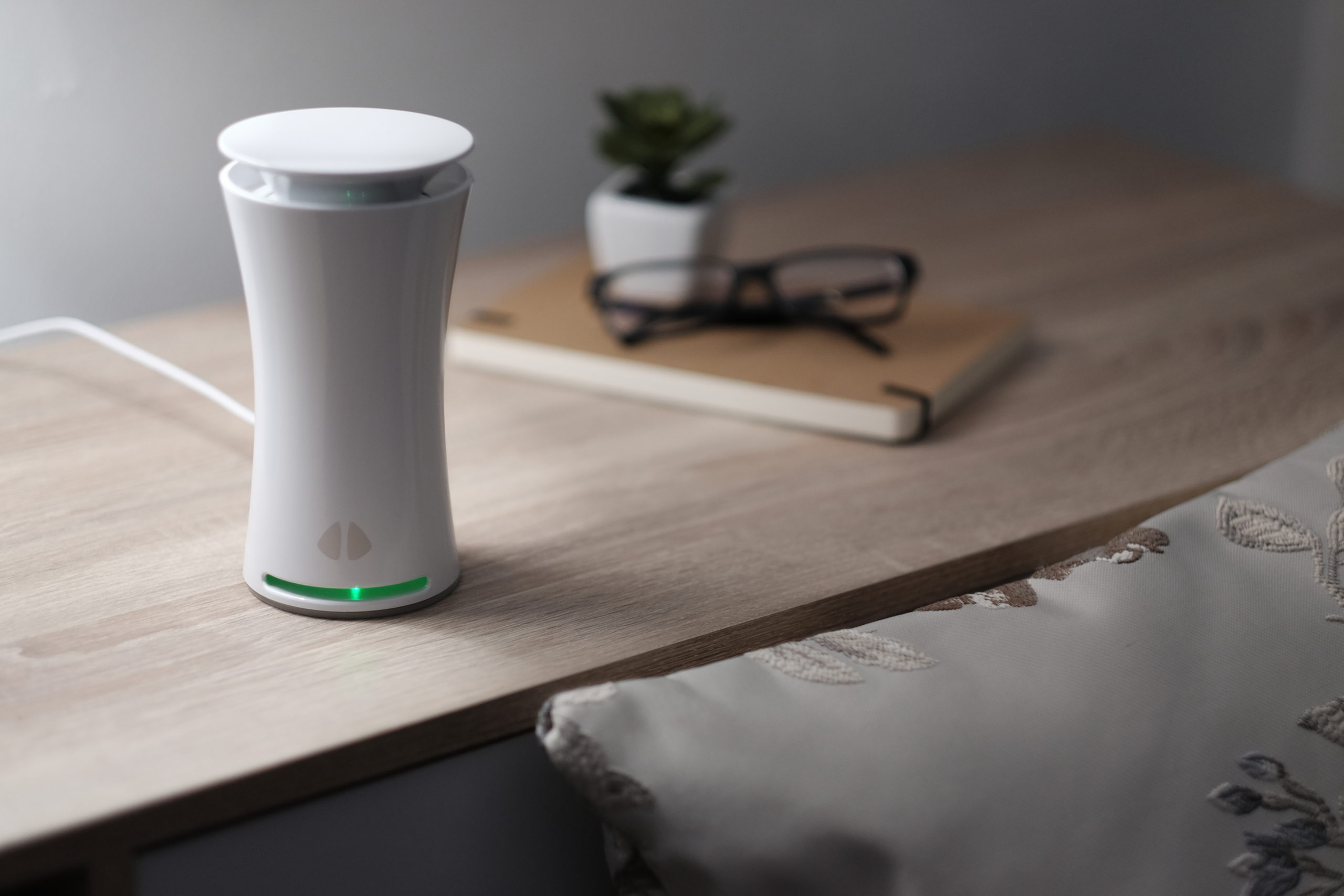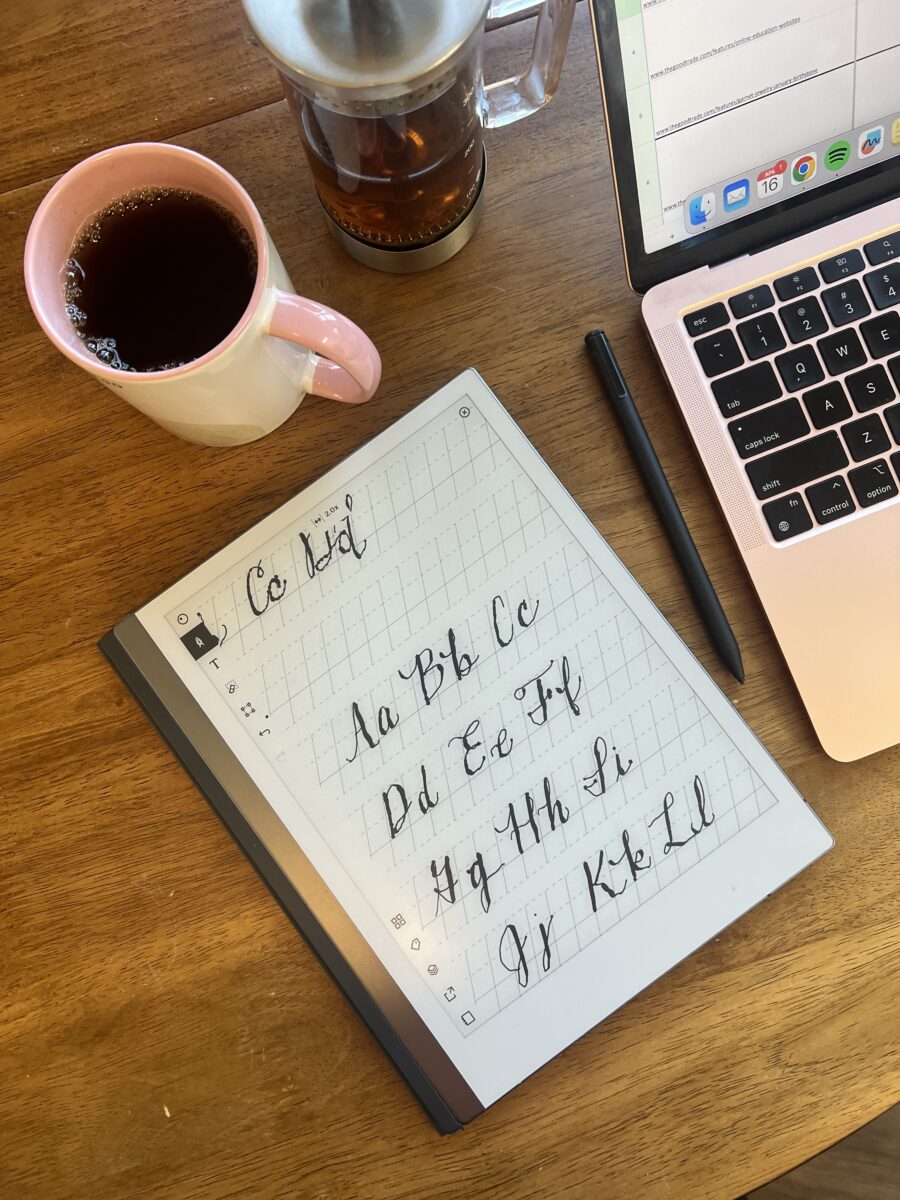
We Review The reMarkable Digital Notebook (2025)
Good Gear editors endorse products we’ve personally researched, tested, and genuinely love. Learn more about our methodology and business model here.
GOOD GEAR RATING — 7/10 STARS
Summary: After two months of incorporating the reMarkable into my workflow, I’ve found many various use cases for keeping track of meeting notes, tagging tasks, and reading and annotating PDFs. I most enjoy the reMarkable for creative writing thanks to its distraction-free screen, so you’ll most frequently find me bringing it along to coffee shops or poetry workshops. If you need a central hub for all your random notes — the reMarkable does its job very well.
PROS
- The writing experience on the reMarkable 2 is exceptionally enjoyable, with a matte screen, high precision of the pen, and many options for sizes and textures of writing tools.
- The tablet is sleek and easy to tote around, feeling like an elevated and minimalist Moleskin — just digital.
- The Marker and Marker Plus do not need to be charged, unlike Apple pencils (or their off-brand alternatives). This is really helpful since I always forget to charge my peripherals.
- You can use the reMarkable as an e-reader (for books, PDFs, and web pages) and your annotations save to the cloud.
CONS
- The tablet gets more helpful the more accessories you have, unfortunately each one is sold separately, making the investment rather high for something that might not work for everyone.
- The Marker connects to the tablet using a magnet, which very easily falls off in a bag or while you’re carrying it.
- Some reviewers prefer the functionality of other dedicated e-readers (like Kindle or Boox) if your primary use is reading. Note there is no backlight on the reMarkable!
I almost never leave the house without a pen and something to write on — in fact most of the time, you’ll find me toting half a dozen pens, a couple different notebooks, and usually a random stack of scrap paper. While it does mean I’m usually prepared for any writing emergencies, it also means my paper trail is pure chaos.
Poems on the backs of receipts get crumpled at the bottom of my bag, my to-do list for work gets torn in a zipper, and I inevitably lose my shopping list. It’s not ideal.
“I almost never leave the house without a pen and something to write on — in fact most of the time, you’ll find me toting half a dozen pens, a couple different notebooks, and usually a random stack of scrap paper.”
I’ve attempted to solve this problem every way I know how, from super low-tech to entirely digital and nothing has stuck long-term. On the low-tech end of things, I’ve tried planners, work diaries, bullet journals, and white board calendars.
When none of those worked, I moved to the Rocketbook, a reusable smart notebook that you write in and take quick pictures of your notes, which get sent to the cloud before you can erase the ink on the smooth pages. I couldn’t get into a flow with that, so I created a Notion (complete with a second brain), which has served me well but still lives too much in the digital space. I purchased a refurbished iPad to help with my workflow, and even then found that tablet to be better for doodling and learning Procreate.
Which led me to the reMarkable — the newest and most exciting tool in my organization arsenal.
Magnus Wanberg, who founded reMarkable in 2014, envisioned the tablet as a solution to bridge the gap between the convenience of digital technology and the sensory experience of traditional pen and paper. Wanberg and his team aimed to create a device that would offer a distraction-free writing and reading experience, with a focus on simplicity and usability.
“Wanberg and his team aimed to create a device that would offer a distraction-free writing and reading experience, with a focus on simplicity and usability.”
And that simplicity is what drew me to this particular tool. My first few squiggles on a friend’s reMarkable tablet immediately hooked me, so I took the plunge and added a reMarkable to my own work routine. While this tool won’t be for everyone, it works remarkably well for me. Read on for my full experience!
My first impressions of the reMarkable
From the very start, the brand experience with reMarkable is one to remember. Shipping was quick (it came via DHL), and each component came packaged individually in sleek, ultra-minimalist boxes. Any lover of Apple’s packaging design will appreciate the presentation.
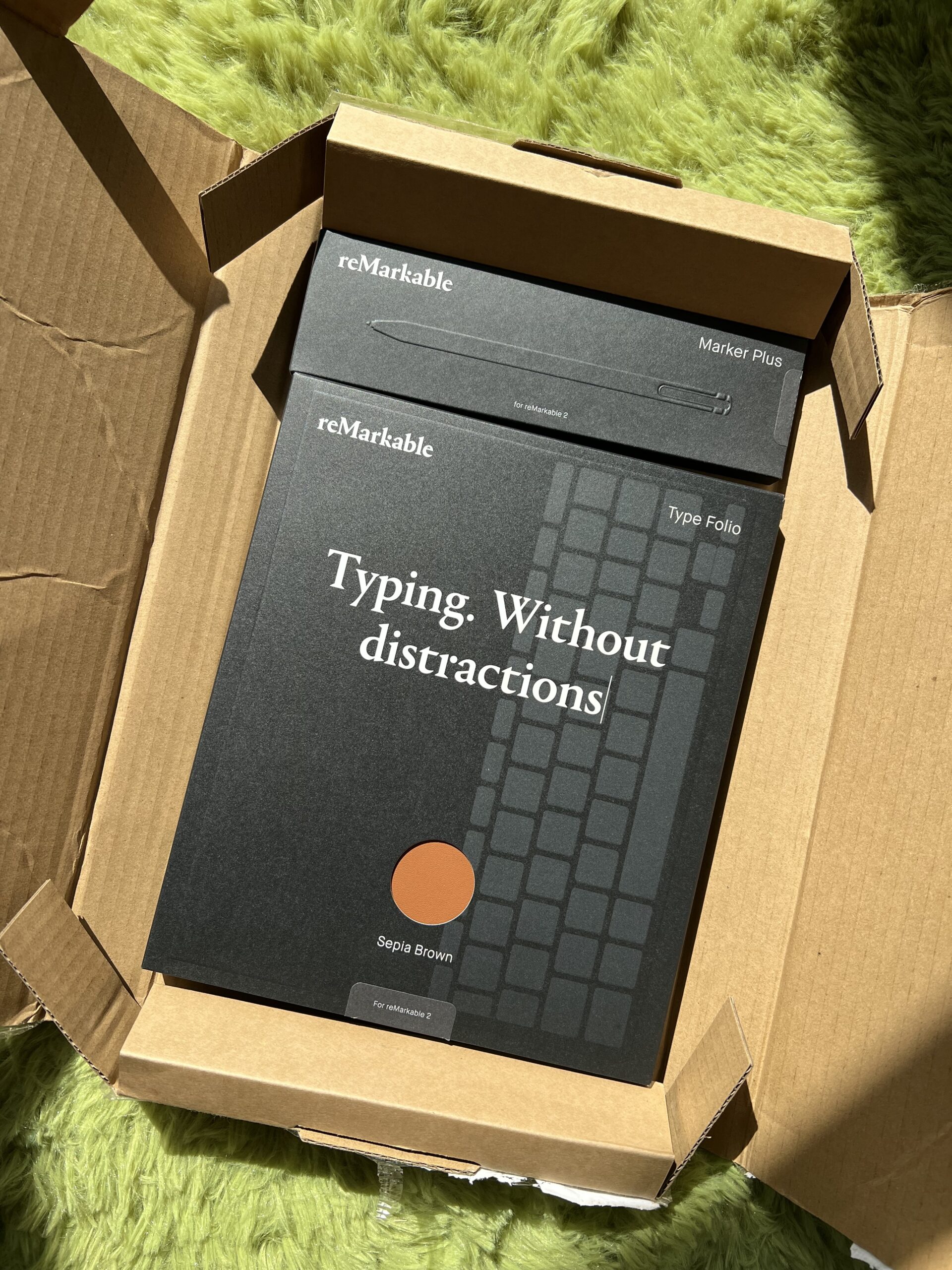
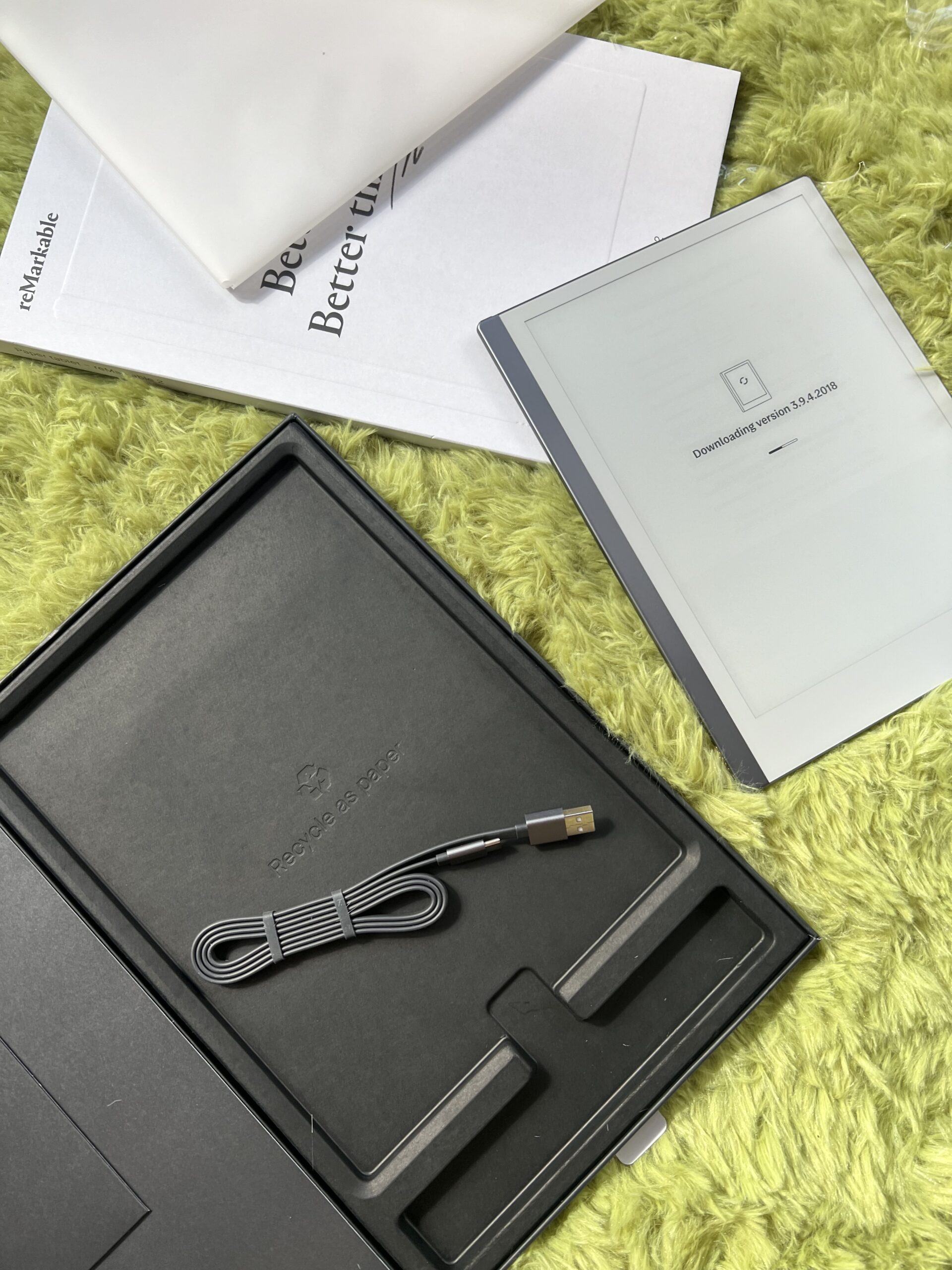
I got to test the reMarkable 2, as well as the Typefolio and the Marker Plus (the brand’s heavier, slightly more expensive stylus that offers the additional perk of having an eraser on the end). Here are the price breakdowns:
- reMarkable 2 – $299 (refurbished is $279)
- Typefolio – $199
- Marker Plus – $129
The reMarkable tablet is delightfully simple — a USB-C port for charging, and a small button on the top to power on, off, and sleep modes. Setting up the device only takes a few minutes, and the Typefolio snaps on in a second. One of my favorite things I realized during unboxing is that the marker does not need charged! Instead, it relies on electromagnetic induction to write precisely and with excellent tilt and pressure sensitivity. You’ll also receive plenty of tip replacements when you purchase a marker, which is handy.
“One of my favorite things I realized during unboxing is that the marker does not need charged! “
The desktop and mobile apps, as well as the standard cloud storage are all free but if you’re a heavy user you may consider upgrading. The device itself has an 8GB memory, and comes with a one year trial of Connect, the brand’s unlimited cloud storage service. After the year is up, it costs $2.99/mo or $29.90 a year which is a slightly annoying additional cost but, hey, everything is shifting to a service/subscription model these days.
(If you do not subscribe to Connect, any files you haven’t opened in over 50 days will not appear in the cloud across your devices. Just open them and be sure you’re connected to wifi to make sure they appear again!)
And finally, the battery — the brand claims it lasts up to two weeks on a single charge, but I’ve read reviews that have conflicting information based on how much you use the device. Heavy users might expect a week of charge, while lighter users can see two weeks easily. My usage is middling, which means I need to charge maybe once every ten days.
What is the writing experience like?
Now for the question of the hour — does the reMarkable actually feel like you’re writing on paper? While you’re not going to get the exact feeling of digging a ballpoint pen into a fresh, cushy notebook, I have to say every other part of the experience is brain-ticklingly lovely.
“I have to say every other part of the experience is brain-ticklingly lovely.”
Ultimately, being able to handwrite my notes is the biggest draw of the reMarkable for me and how my brain works. I’ve long been a proponent of handwriting as a way to enhance my cognition, and it’s not just me!
“Whenever handwriting movements are included as a learning strategy, more of the brain gets stimulated,” says a 2024 study out of the Norwegian University of Science and Technology. “[Which results] in the formation of more complex neural network connectivity.” And with the reMarkable’s matte screen and paperlike feel, I already feel the benefits of handwriting notes without the worry of accidentally throwing them away. The fact that it’s been studied extensively makes me feel even better. 😂
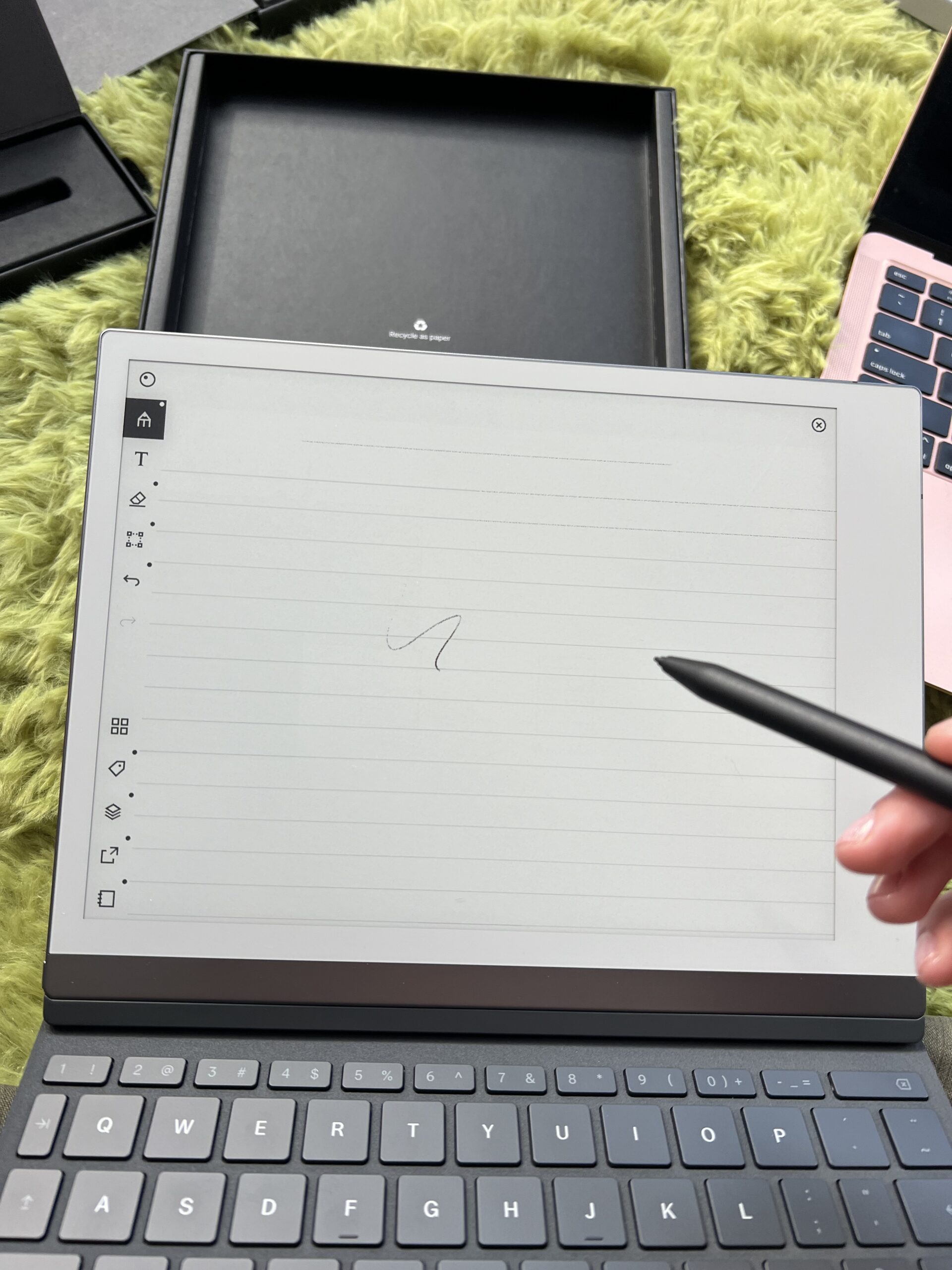
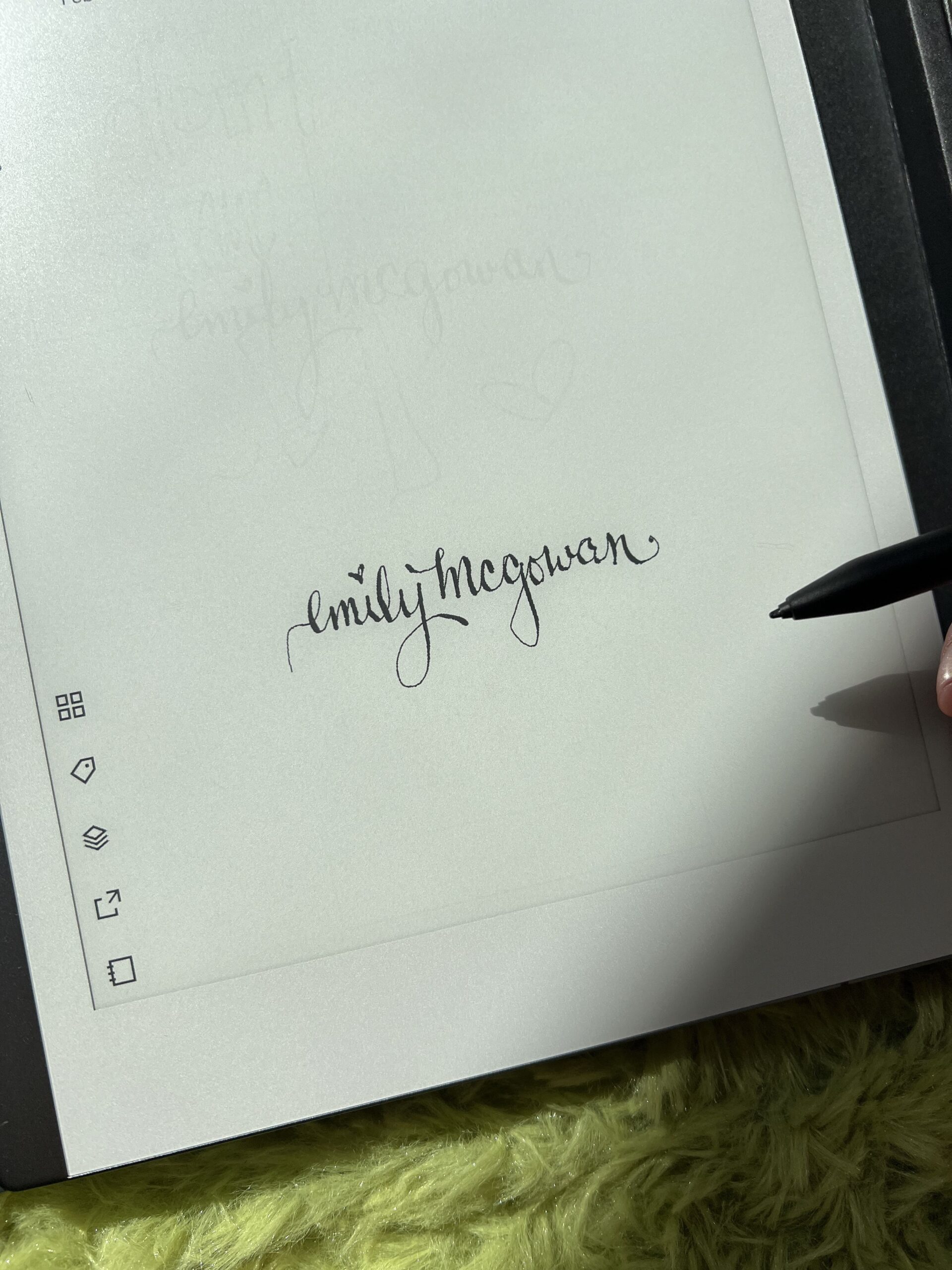
The markers are exceptionally tilt- and pressure-sensitive (4096 levels of pressure sensitivity, and 50 degrees of tilt sensitivity). My favorite pen so far is the calligraphy one, which exhibits both of these features spectacularly. There’s even an eraser on the Marker Plus so you can flip the stylus and quickly erase any errors! For what it’s worth, though, I wish the brand would just offer the Marker Plus as the only default option, at the price of the “regular” Marker since it’s so useful.
“There is no clip on the Typefolio or tablet to secure the marker to it, instead it relies on magnetic attachment.”
Speaking of the stylus, that has been my one biggest issue with my reMarkable experience. There is no clip on the Typefolio or tablet to secure the marker to it, instead it relies on magnetic attachment. Since I take my notebooks on the go so much, I’ve lost the pen twice since it’s not securely attached. I ended up purchasing a replacement at one point because I figured it was gone for good — only to have it show up days later under my couch (courtesy of my curious cat who likes to scoot things around). I have two Marker Pluses now, which I suppose might be good to have on hand.
The range of options for the writing experience makes the reMarkable stand out versus my iPad — the options are less rudimentary and include mechanical pencils, markers, fineliners, highlighters and more. It’s worth a note to say there are different colors of highlighters available, but you won’t really see them differentiate on the tablet, only on the uploaded cloud documents.
But taking notes and writing scraps of poetry aren’t the only things this tablet excels at.
Can you use the reMarkable 2 as an e-reader?
Simply put, yes! The reading experience is gentle on the eyes and you can even annotate on the pages and have your notes save to the cloud.
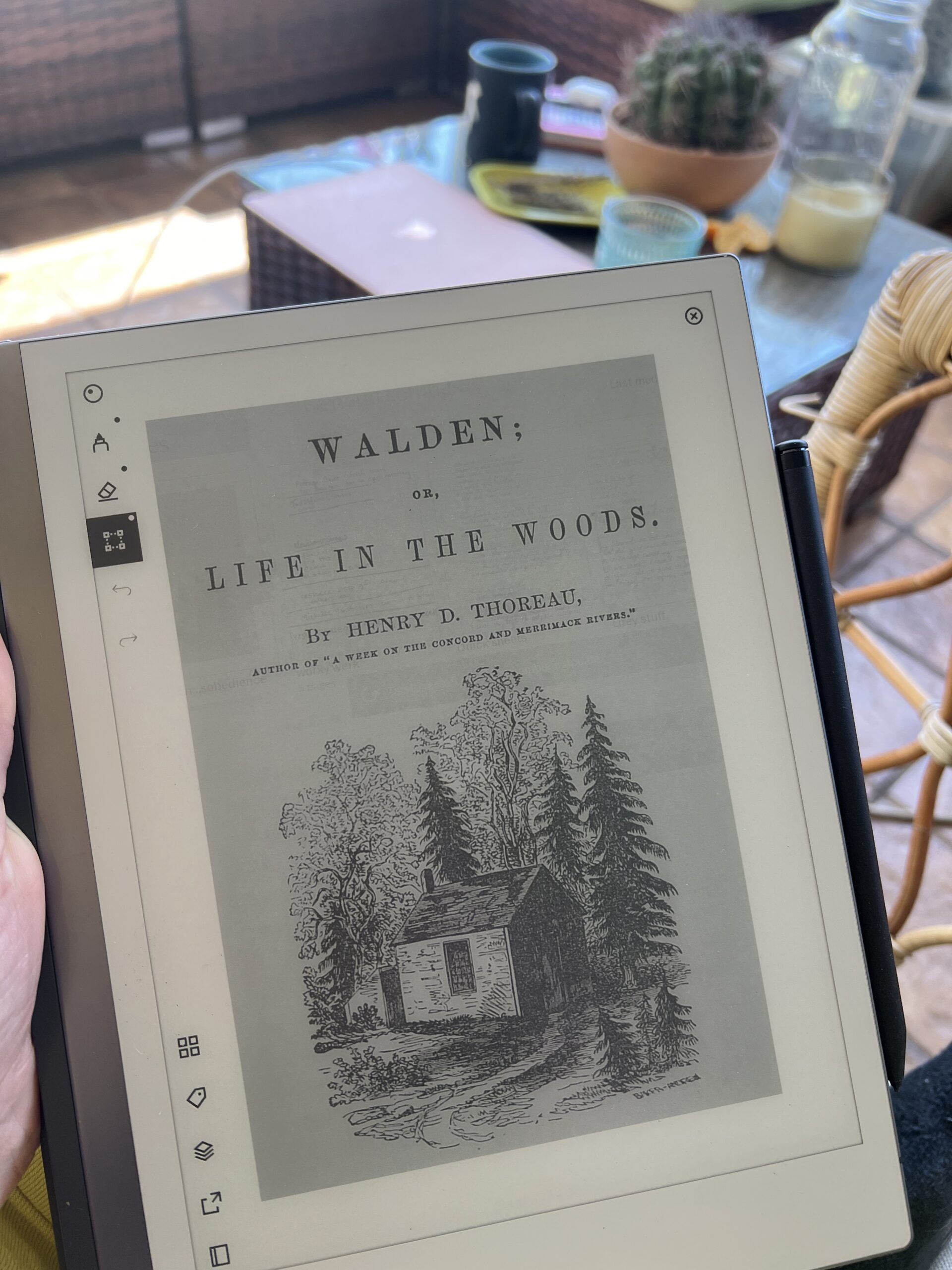
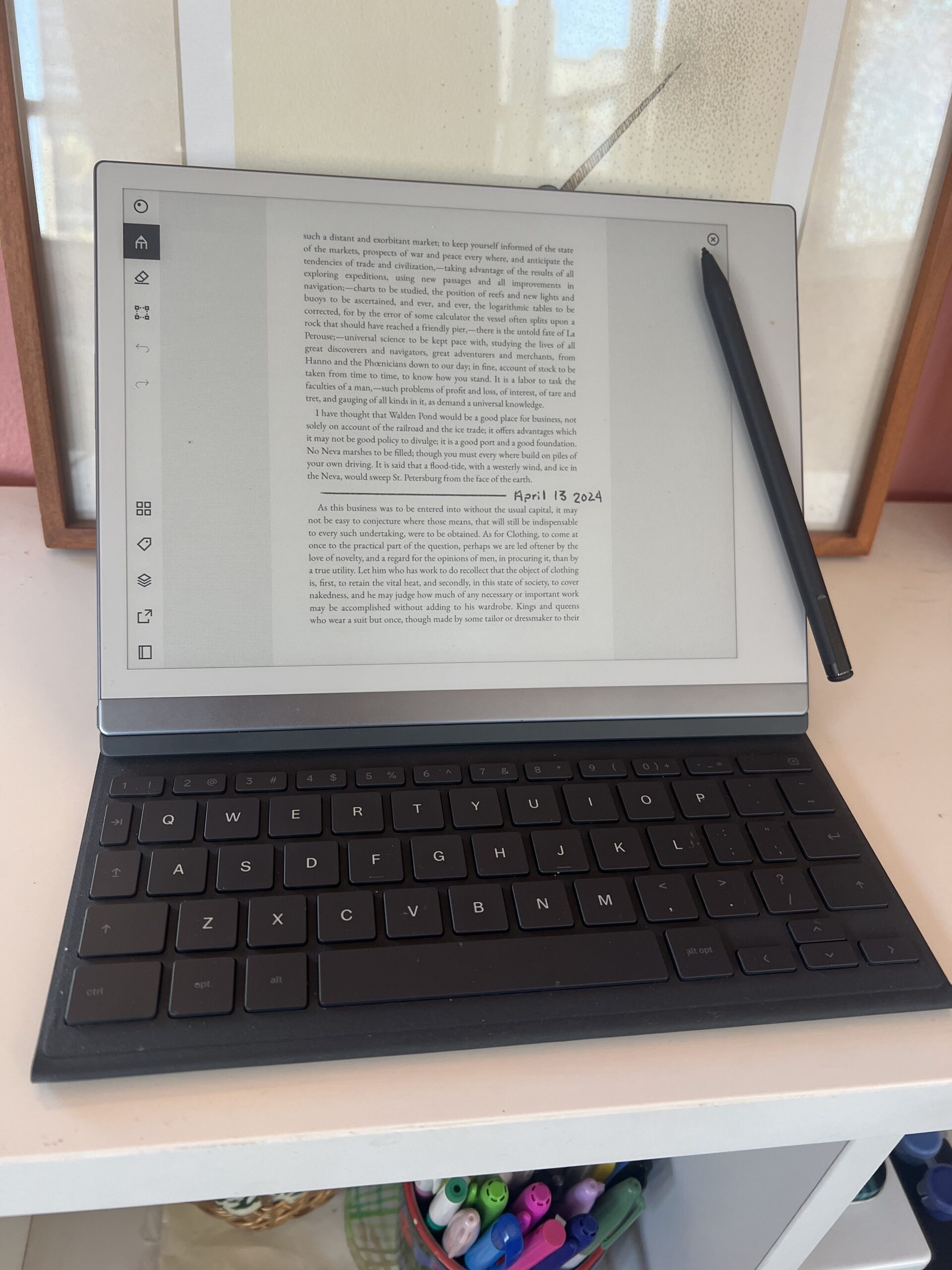
I’ve downloaded some books in an EPUB format from Project Gutenberg, a free library of books whose copyrights have expired. I’ve also gotten in the habit of sending any interesting articles to my reMarkable using the bookmark tool, which has been one of my favorite use cases so far! It’s nice to read web articles without a million links and ads to distract. If you frequently read studies or PDF reports, you’d benefit from the reMarkable.
How has it impacted my workflow?
I’m still in the early stages of implementing the device into my workflow, but what I’ve discovered so far has been immensely helpful. No more lost scraps of meeting notes, and I enjoy catching up on educational articles by using the reMarkable as an e-reader. I recently began using the tag functionality to flag documents that contain information I need for various meetings throughout the week (think “All team” or “Ashley”). That way, I’m less likely to forget what I wanted to tell Ashley in our next one-on-one 😂.
“No more lost scraps of meeting notes, and I enjoy catching up on educational articles by using the reMarkable as an e-reader.”
My next goal will be to create more formalized folders to keep organized, and to research ways others are using the reMarkable across platforms for the best efficiency. (I’m considering how it might flow with Notion, if I decide to get back into that as well).
I bring the reMarkable everywhere now, and it’s nice to have access to both creative and work notebooks in case I think up a note for work while I’m drafting up a new poem. I quickly note the idea, and return back to my creative flow without feeling like I might forget it later!
Who should consider getting a reMarkable?
My biggest takeaway for the curious: If this seems like something you will use, I highly recommend it. If you’re on the fence, I’d suggest you skip this tablet until you have a clear vision of how you might incorporate it into your work/life. Mostly because I recommend getting as many of the functional accessories as you can, and that easily amounts to an over $600 investment.
“If you’re on the fence, I’d suggest you skip this tablet until you have a clear vision of how you might incorporate it into your work/life.”
If you want bells and whistles, stick to an iPad. If you are tired of getting distracted by Candy Crush and Pinterest, and prefer a calming writing experience that seamlessly connects to the cloud, give reMarkable a try!
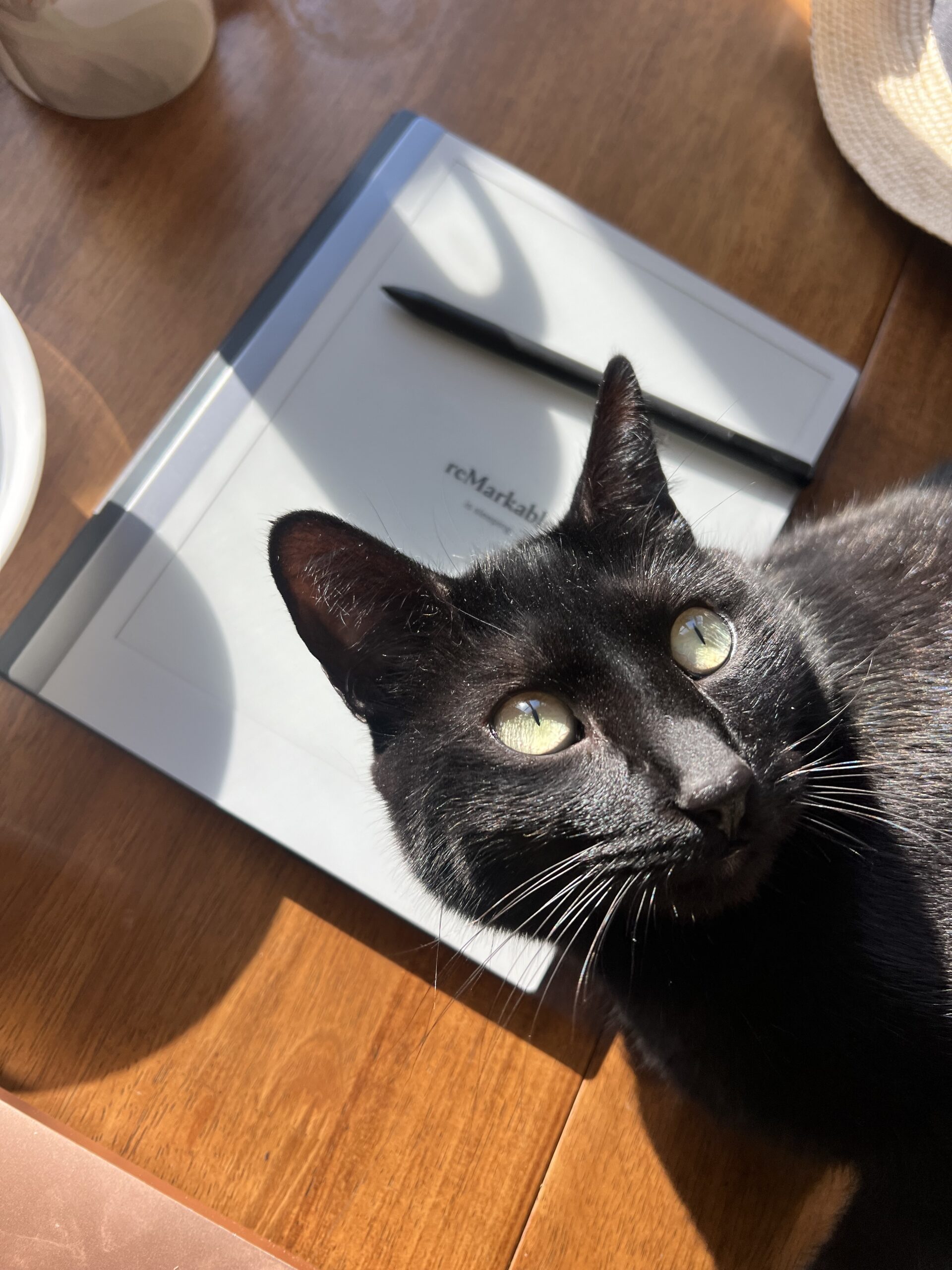
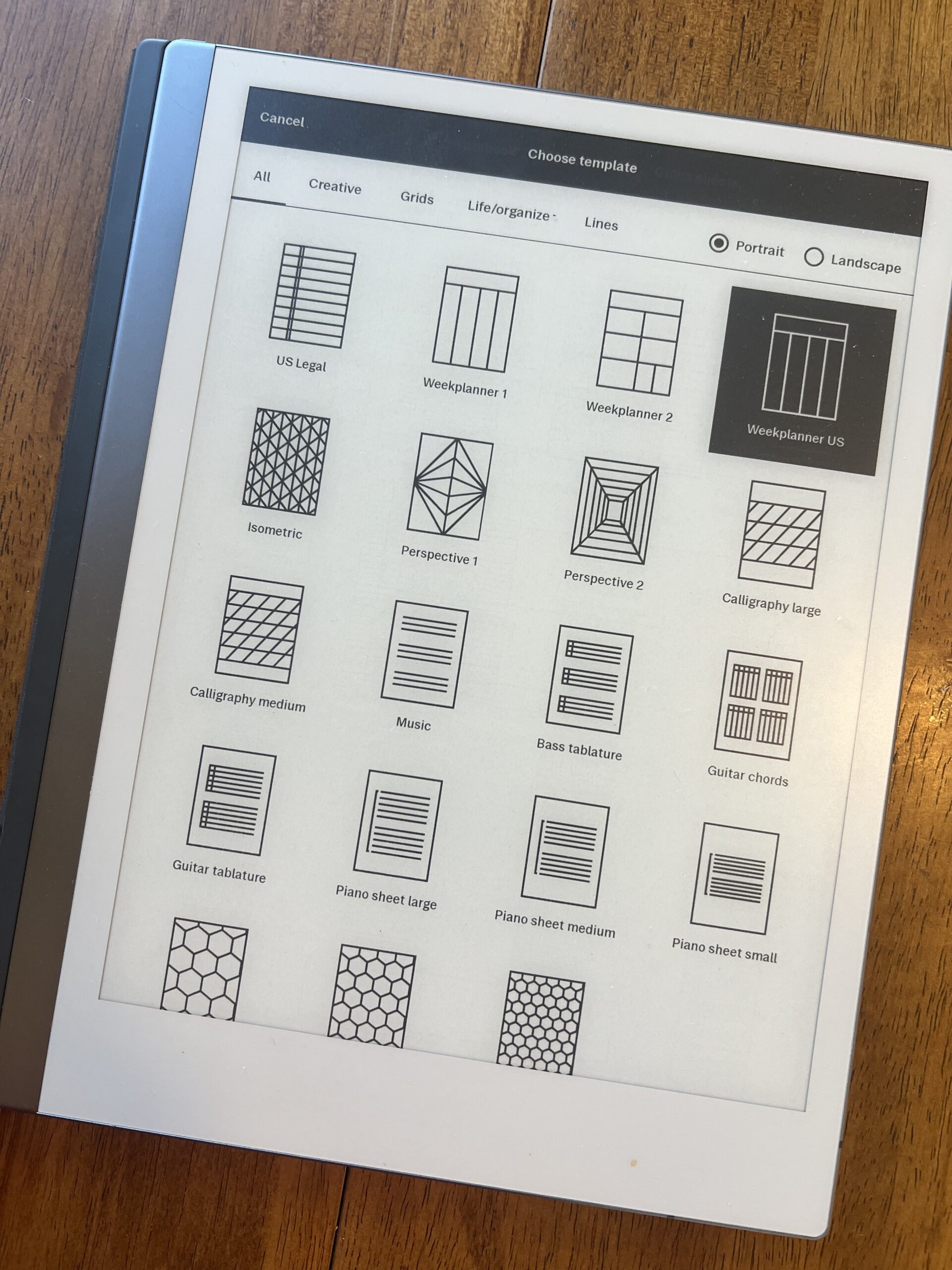
I can see this tablet working especially well for researchers, students, writers, or other creative professionals who need to coordinate a lot of knowledge work across platforms. It truly is a remarkable experience to write on the reMarkable 2, and I’m excited for all the adventures I plan on bringing it on with me. (I just need to find a good way to tether the pen to the folio!)
Emily McGowan is the Editorial Director at The Good Trade. Born and raised in Indiana, she studied Creative Writing and Business at Indiana University. You can usually find her in her colorful Los Angeles apartment journaling, caring for her rabbits and cat, or gaming. Say hi on Instagram!
This review is not sponsored and includes the author’s personal experience. Good Gear editors were gifted this product. Read more about our review process here.
